In a metropolis packed with layer upon layer of historical gems, Istanbul continues to dazzle researchers and curious visitors. A fresh find has now upped its mystique: scientists have identified a secret subterranean corridor and connected rooms beneath the 1,500-year-old St. Polyeuctus Church in Saraçhane Archaeology Park, per Live Science.
Hidden underneath the old church, these puzzling features appear to be part of the original structure. Experts, however, remain knee-deep in research to figure out the exact function of these tunnels and chambers, introducing a fresh riddle into Istanbul’s already rich historical tapestry.
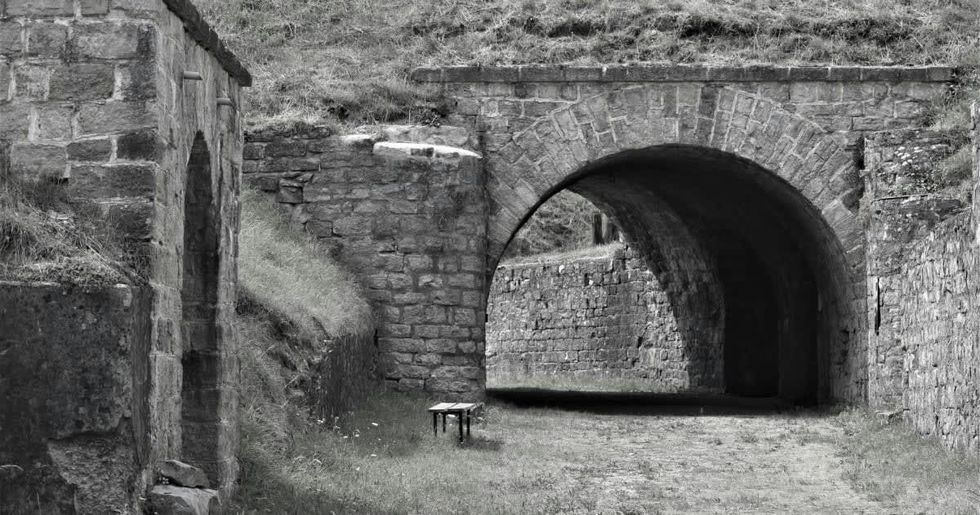
Beneath the surface, archaeologists identified two sizable rooms joined by a passage, which likely led to the prothesis — the space next to the altar used for prepping bread and wine during the Byzantine Divine Liturgy. Mosaics, stone details, and sculpted marble pieces adorn the passageways, leaving experts freaking amazed.
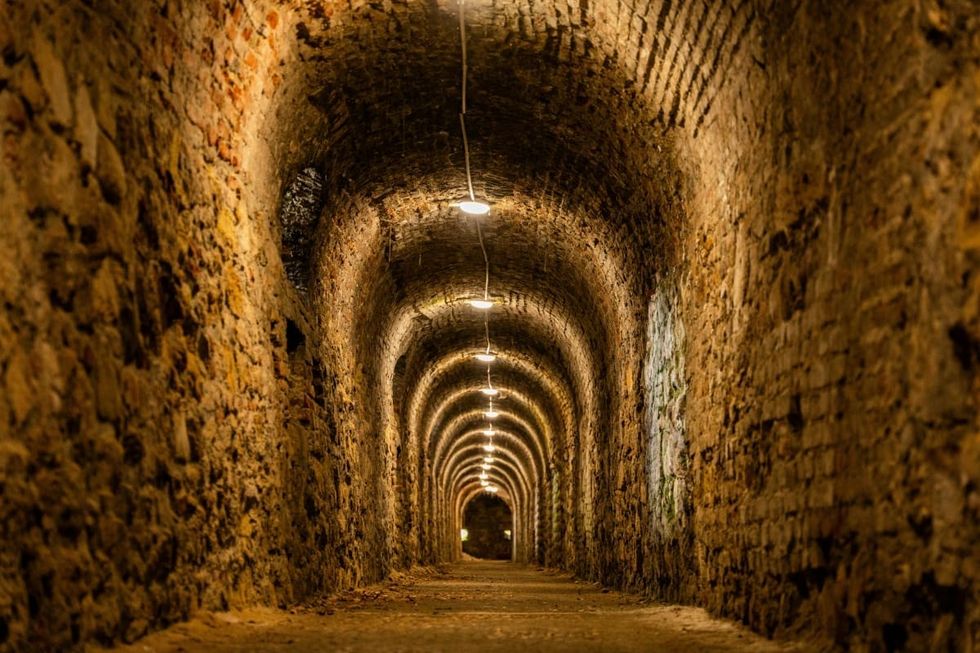
Back when Constantinople was the epicenter of an officially Christian empire, the Church of St. Polyeuctus came into being. Erected sometime between 524 and 527 by Eastern Roman Princess Anicia Juliana, it was supposedly a show of might against Emperor Justinianus and Empress Theodora, according to Anadolu Ajansi.
British art historian Professor Martin Harrison and archaeologist Nezih Firatli led the earliest digs between 1964 and 1969, as reported by Turkish Archaeological News. Although the church now lies in ruins, continued efforts aim to unearth and restore these remains, setting the stage for a future tourist hotspot.
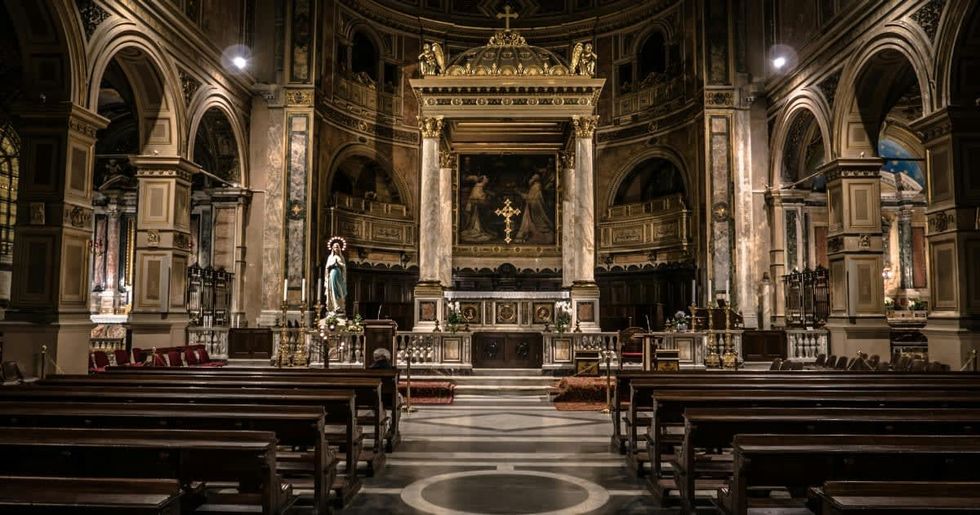
Mahir Polat, Deputy Secretary-General of Istanbul Metropolitan Municipality, emphasized that the building is a prime showcase of the city’s architectural legacy, having weathered centuries of quakes. Though the primary structure of St. Polyeuktos was obliterated, the underlying framework remains. He said, "Istanbul, which is currently struggling with earthquakes, has experienced dozens of earthquakes over the past 1,500 years. However, the structure we are seeing now has managed to survive all earthquakes. We should learn lessons from this," per Daily Sabah. The official also noted, "The earthquake memory of the city is also here. If you want to see Istanbul's earthquake memory, what happened in the Fatih district is a good example."
Professor Ken Dark, an archaeologist at King's College London who wasn’t involved in this particular project but has excavated in Istanbul before, remarked that St. Polyeuctus ranks among the city’s most thoroughly recorded sites. He said, "Hopefully, re-displaying the ruins of this historically important and once-magnificent church will bring awareness of it to a much wider audience."





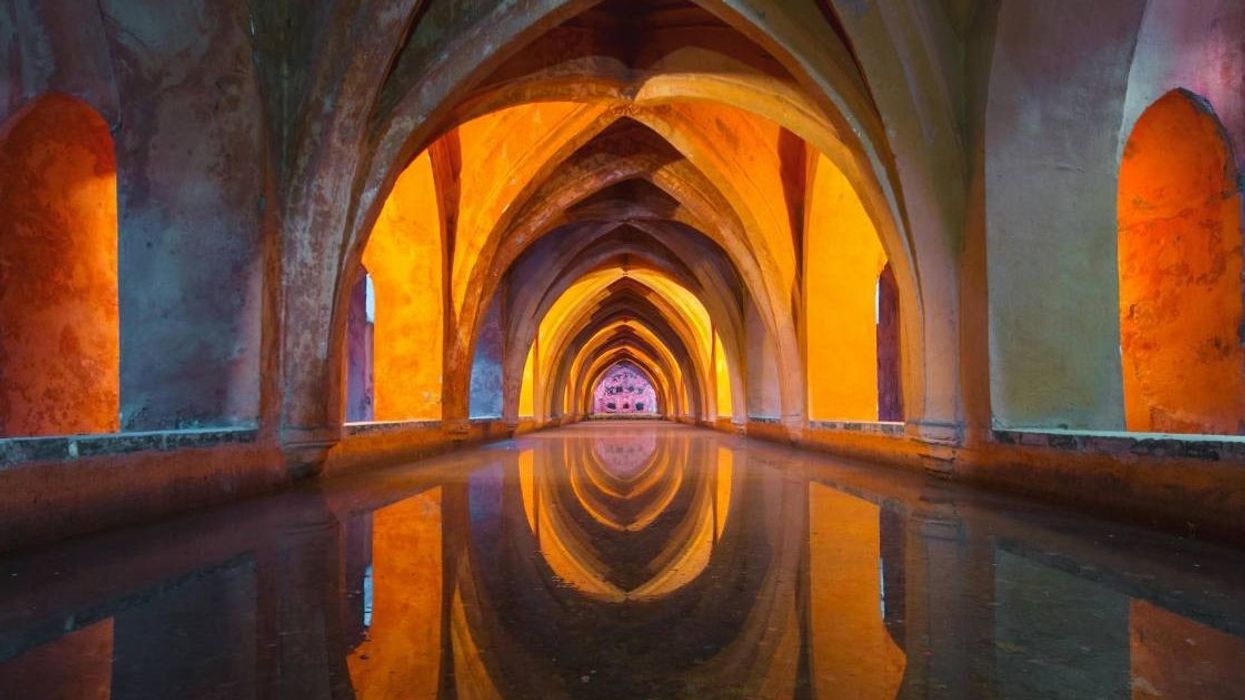

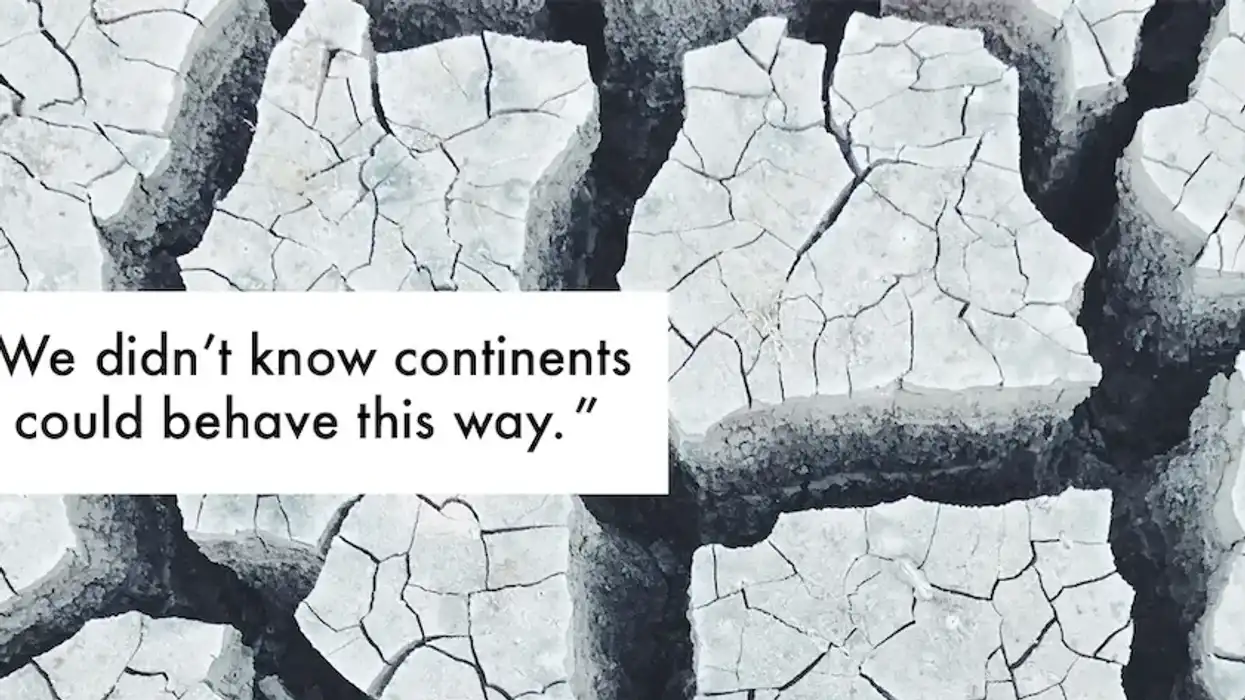

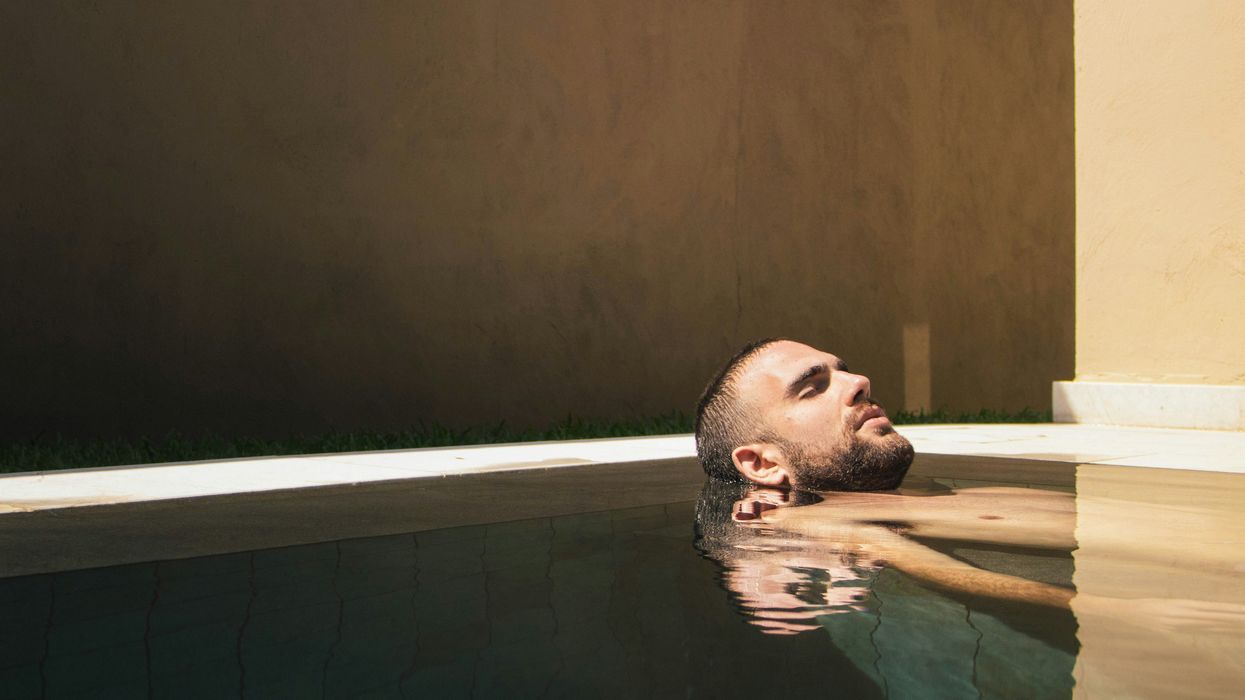

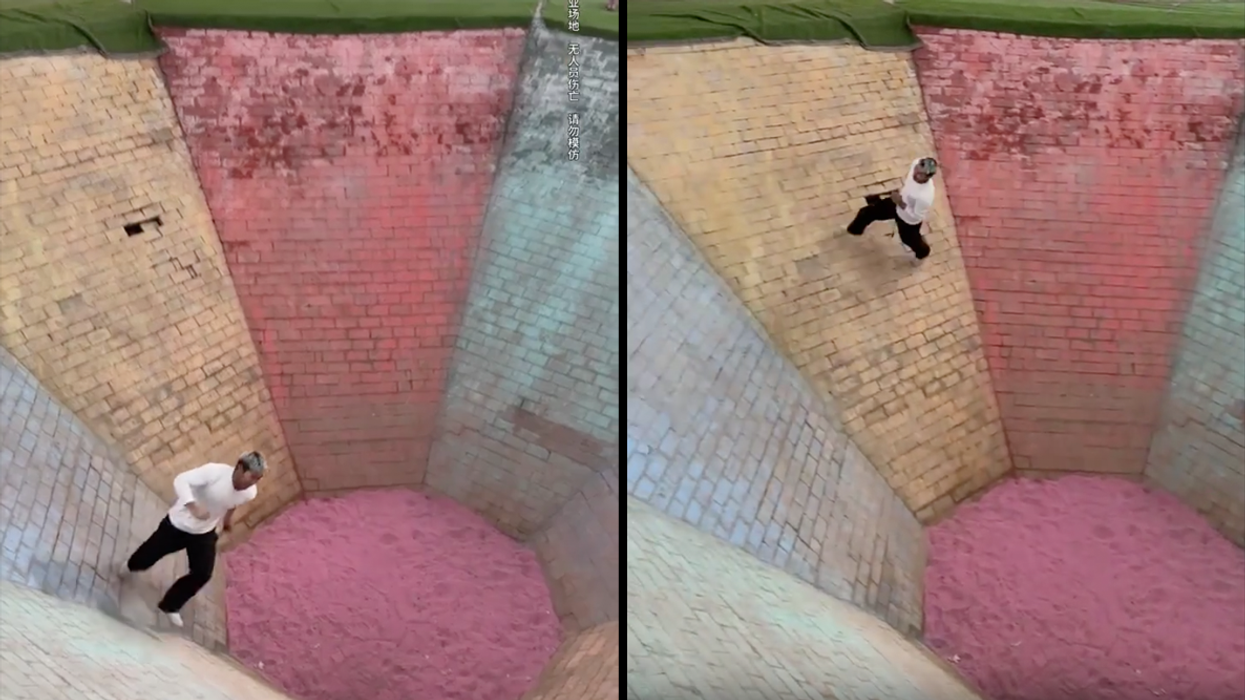
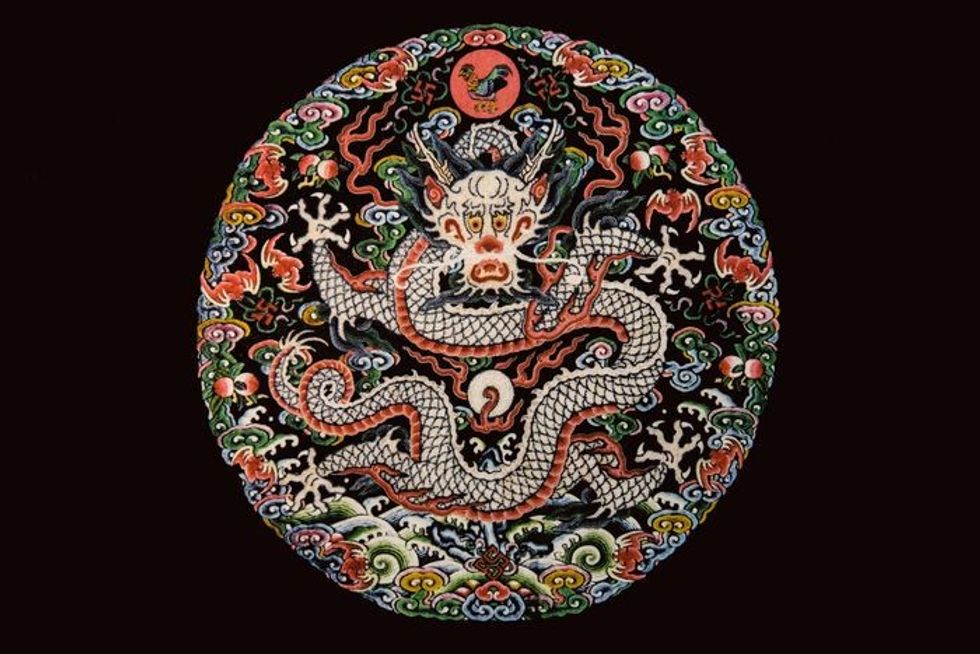 This represents the key to the perfect flow statePhoto by
This represents the key to the perfect flow statePhoto by 





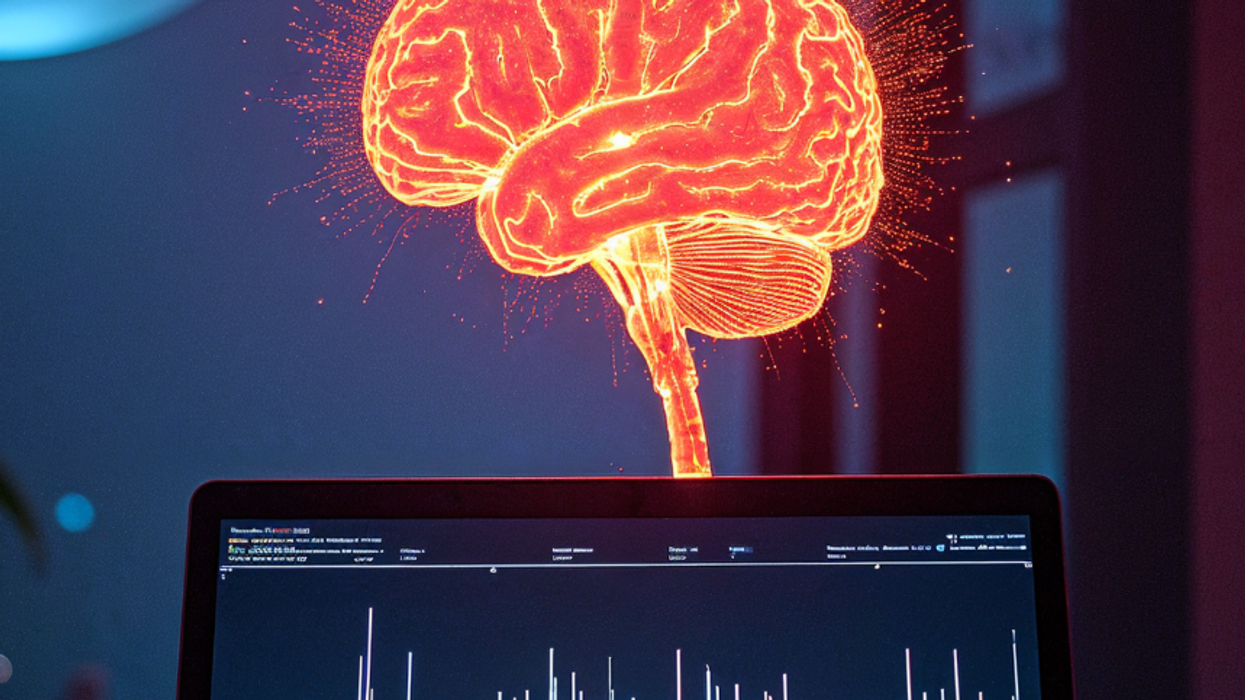
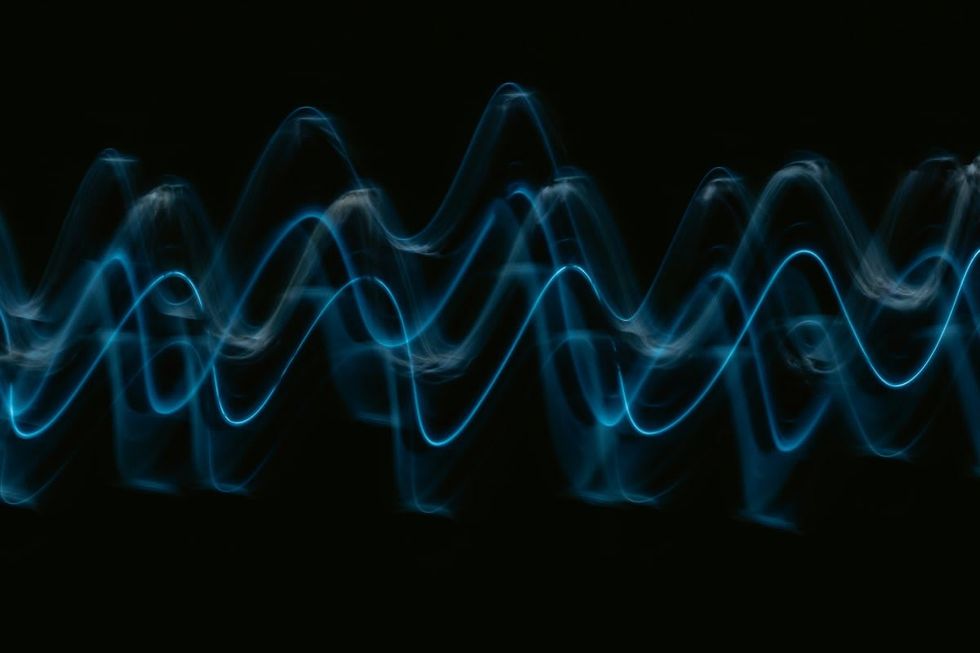 Representative Image Source: Unsplash | Pawel Czerwinski
Representative Image Source: Unsplash | Pawel Czerwinski 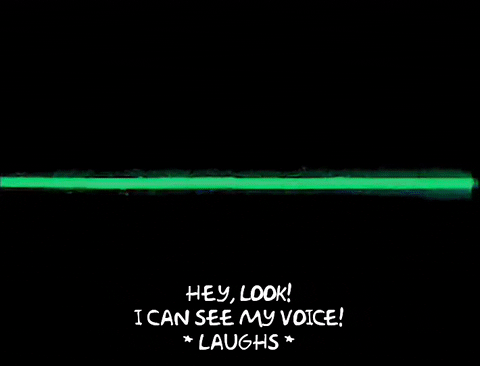
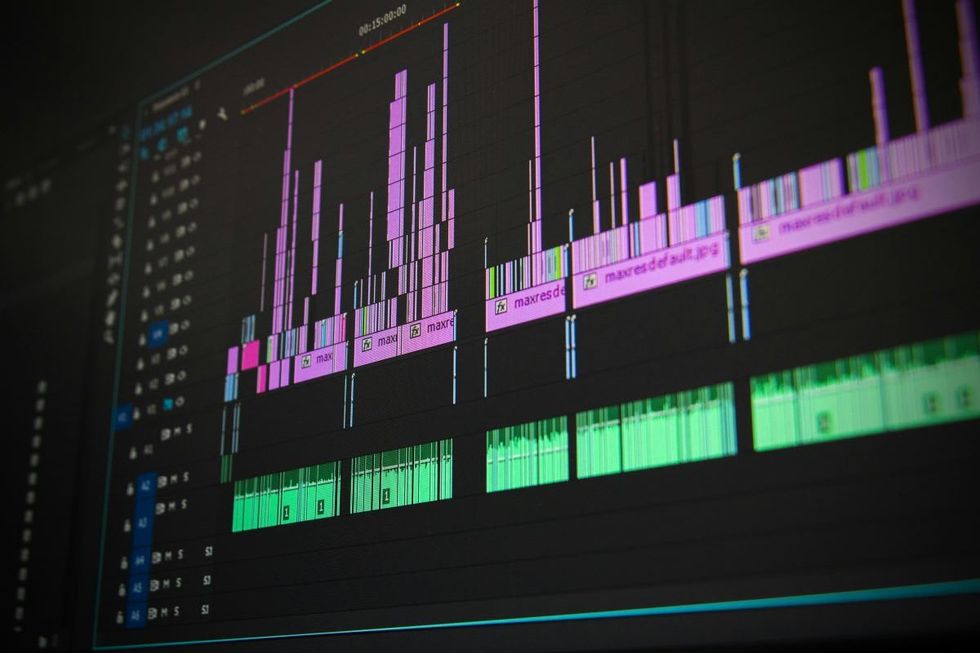 Representative Image Source: Pexels | Pixabay
Representative Image Source: Pexels | Pixabay 







